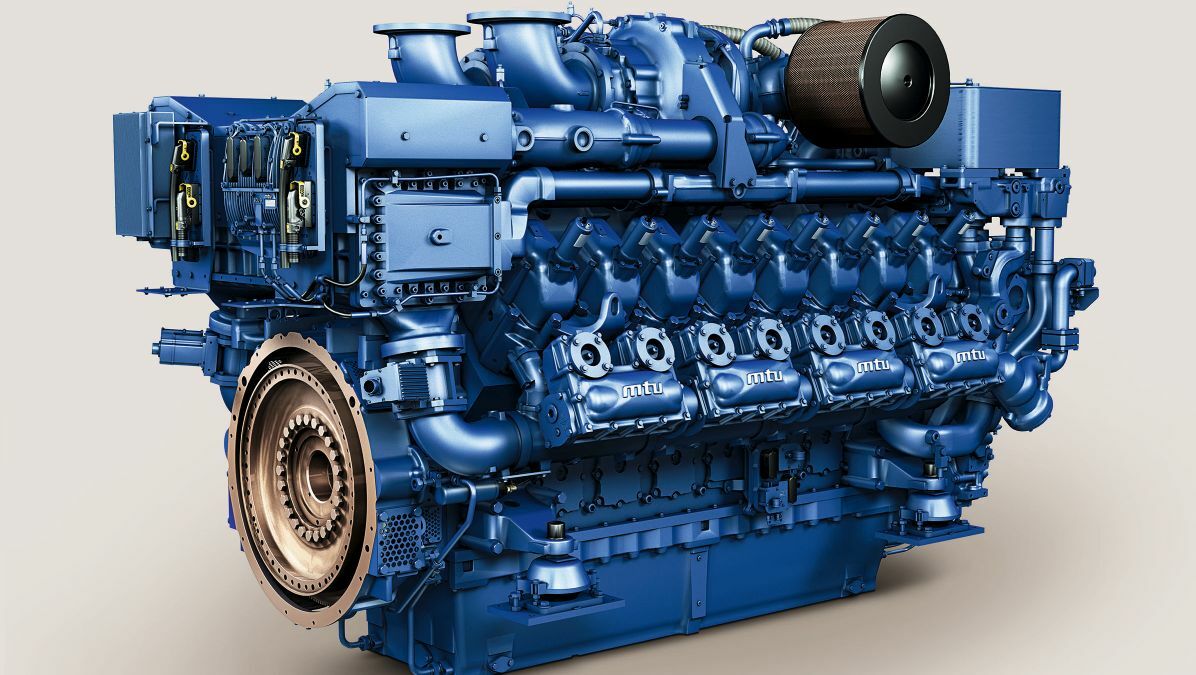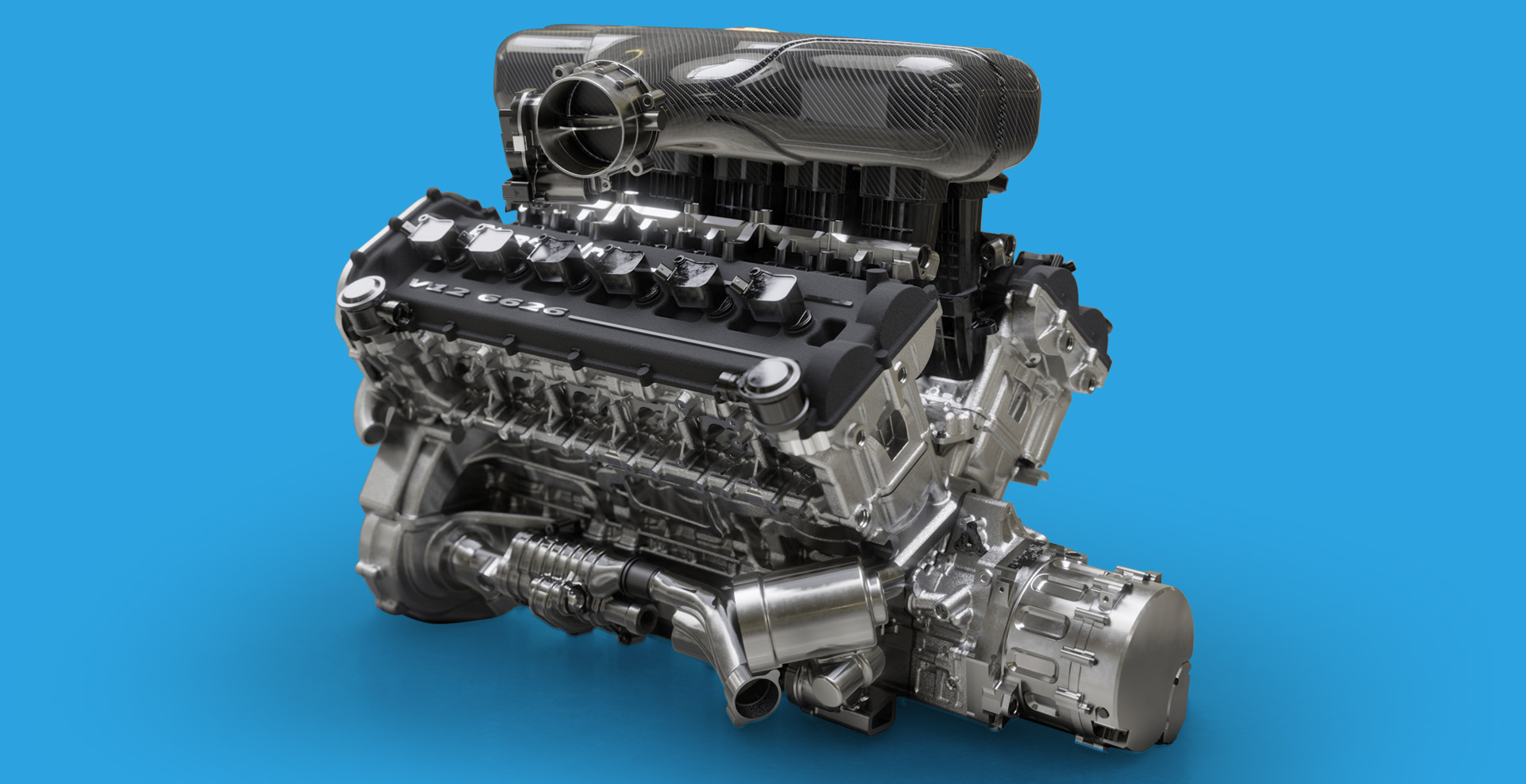The Pursuit for Ultimate Driving Power: Exploring the Pinnacle of Engine Efficiency and Technological Developments in the Automotive Sector
In the realm of vehicle design, the pursuit of maximum driving power has actually been a relentless pursuit that has actually unravelled through the evolution of engine design and the assimilation of innovative modern technologies. From the thorough workmanship of burning engines to the fast innovations in electric propulsion systems, the vehicle sector stands at the cusp of a new era identified by unmatched performance capabilities.
Development of Engine Layout

In addition, the integration of turbocharging and supercharging technologies has reinvented engine style by increasing power without dramatically boosting engine size. These forced induction systems press the consumption air, permitting even more gas to be combusted, consequently creating higher power result from a smaller sized engine. This innovation has actually been particularly critical in improving the efficiency of smaller displacement engines while keeping gas efficiency criteria.

Performance-Enhancing Gas Technologies
The execution of sophisticated fuel innovations has dramatically added to enhancing engine performance in modern-day lorries. From conventional fuel and diesel to cutting-edge biofuels, synthetic fuels, and hydrogen, the automobile market is observing a transformation in fuel options. Biofuels, obtained from renewable resources like sugarcane, corn, or algae, offer enhanced and decreased emissions engine efficiency. Artificial gas, created through chemical procedures, supply high octane scores, improving power outcome. Hydrogen fuel cells, although still in the very early stages of fostering, reveal wonderful pledge because of their zero-emission nature and capacity for high efficiency. Additionally, gas additives and cleaning agents are being created to clean engine parts, maximize combustion, and minimize rubbing, consequently boosting general lorry efficiency. With ongoing research and advancement, the mission for the supreme driving power continues, as engineers strive to unlock the full possibility of performance-enhancing gas technologies in the auto sector.
Advancements in Electric Propulsion
Substantial strides in electric propulsion modern technology have actually reinvented the auto market, leading the method for a new era of lasting and effective transportation. Electric automobiles (EVs) are getting appeal as a result of their environmental benefits and improvements in battery innovation, enabling longer driving arrays and shorter charging times. Suppliers are spending greatly in study and development to improve the efficiency of electrical propulsion systems, concentrating on raising power result, boosting energy efficiency, and lowering overall weight.
One notable breakthrough in electrical propulsion is the development Get More Info of innovative electric motors that provide greater torque and power thickness, resulting in boosted velocity and total driving performance. In addition, regenerative stopping systems have actually been improved to keep and record power during deceleration, additional boosting the efficiency of EVs.
Additionally, the assimilation of smart innovations, such as expert system and predictive analytics, is optimizing the management of electrical propulsion systems, guaranteeing ideal performance under different driving problems. These innovations in electric propulsion are improving the automobile landscape, driving the industry towards an extra sustainable and electrified future.
Impact of Computational Fluid Characteristics
With improvements in electric propulsion pushing the borders of automotive technology, the combination of Computational Fluid Dynamics is playing a pivotal role in maximizing aerodynamic efficiency and boosting overall effectiveness in vehicle layout. Computational Fluid Dynamics (CFD) includes making use of computer system simulations to analyze the flow of air around a car, allowing designers to anticipate exactly how style changes will influence the rules of aerodynamics without the requirement for costly physical models. By accurately modeling air movement patterns, CFD permits the refinement of automobile shapes to lower drag, enhance cooling, and enhance stability.
CFD allows engineers to enhance air movement around elements such as radiators, engine bays, and wheel wells, contributing to boosted performance and general driving experience. In final thought, the combination of Computational Fluid Characteristics stands for a considerable action onward in the mission for best driving power and performance in the automobile market.
Future Patterns in Engine Innovation
In the dynamic landscape of automotive engineering, innovative improvements are click to investigate shaping the future trajectory of engine development. The future of engine style is marked by a strong emphasis on efficiency, efficiency, and sustainability. Makers are increasingly focusing on establishing engines that not just supply high power outcomes yet also prioritize ecological obligation by minimizing exhausts and improving gas efficiency.
One popular pattern in engine advancement is the increase of electrification. Crossbreed and electric powertrains are obtaining traction as practical choices to standard burning engines. These innovations supply the capacity for substantial reductions in carbon emissions and enhanced power efficiency, straightening with global efforts to battle climate adjustment.
In addition, improvements in materials science and production techniques are allowing the manufacturing of lighter and much more sturdy engine elements. This shift in the direction of light-weight products such as carbon fiber and aluminum alloys adds to enhanced performance and gas economic situation.
Final Thought
To conclude, the search of ultimate driving power in the auto industry remains to drive improvements in engine design, gas modern technologies, electrical propulsion, and computational fluid dynamics. The development of these technologies is shaping the future of engine advancement, leading the way for more reliable and powerful vehicles (engines for africa). As the industry remains to push the borders of what is feasible, we can anticipate to see even more groundbreaking growths in the quest for peak efficiency
One of the vital milestones in engine layout evolution is the shift from typical carbureted engines to contemporary fuel-injected systems. By specifically metering the fuel delivery to each cyndrical tube, fuel-injected engines maximize combustion, resulting in better efficiency and lowered ecological influence.
Additionally, the combination of turbocharging and turbo charging technologies has reinvented engine design by boosting power without dramatically raising engine dimension More Help (engines for africa).The application of innovative gas modern technologies has considerably contributed to improving engine efficiency in contemporary cars. Furthermore, gas additives and detergents are being formulated to clean engine elements, optimize combustion, and reduce rubbing, therefore increasing overall lorry performance